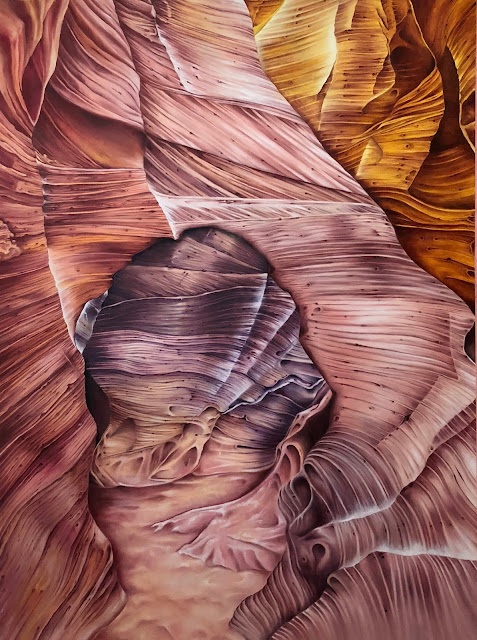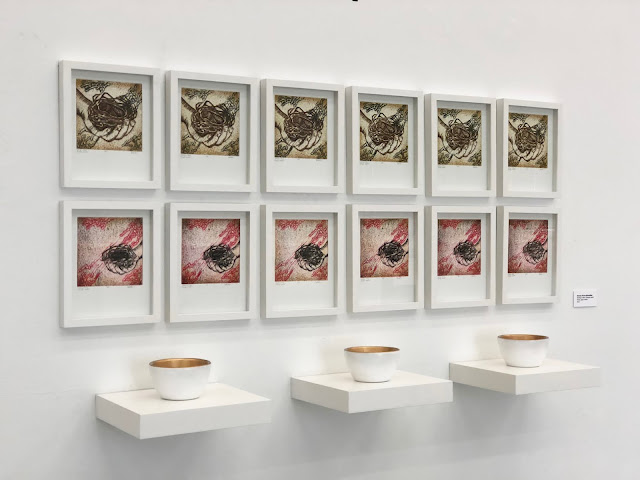"Art & Physics, Parallel visions in space, time & light" by Leonard Shlain
Leonard Shlain proposes that the visionary artist is the first member of a culture to see the world in a new way. Then, nearly simultaneously, a revolutionary physicist discovers a new way to think about the world. Escorting the reader through the classical, medieval, Renaissance and modern eras, Shlain shows how the artists' images when superimposed on the physicists' concepts create a compelling fit.
Throughout, Shlain juxtaposes the specific art works of famous artists alongside the world-changing ideas of great thinkers. Giotto and Galileo, da Vinci and Newton, Picasso and Einstein, Duchamp and Bohr, Matisse and Heisenberg, and Monet and Minkowski are just a few of the provocative pairings.
Shlain also explores the differing world views of reality in non-literate, Eastern, and children's cultures and shows how their themes entered Western art in the late 19th century just prior to Einstein's complete revision of the Western notions of space, time and light. He turns next to Einstein's second great 20th century discovery concerning gravity and uses numerous examples from art to show how the sculptor anticipated and expressed the great physicist's revolution. Shlain demonstrates how changes in music and literature synchronized with those occurring in art and physics.
The final chapters explore possible reasons why these connections occur. The split brain phenomenon and Greek mythology are used to explain our culture's division of the two seemingly disparate fields of art and physics.
Source of information:
www.artandphysics.com
"This is a must read book for artist and all people that love Art. It really helped to make my vision and understanding of the creative process wider and more clear."
Belinda
Throughout, Shlain juxtaposes the specific art works of famous artists alongside the world-changing ideas of great thinkers. Giotto and Galileo, da Vinci and Newton, Picasso and Einstein, Duchamp and Bohr, Matisse and Heisenberg, and Monet and Minkowski are just a few of the provocative pairings.
Shlain also explores the differing world views of reality in non-literate, Eastern, and children's cultures and shows how their themes entered Western art in the late 19th century just prior to Einstein's complete revision of the Western notions of space, time and light. He turns next to Einstein's second great 20th century discovery concerning gravity and uses numerous examples from art to show how the sculptor anticipated and expressed the great physicist's revolution. Shlain demonstrates how changes in music and literature synchronized with those occurring in art and physics.
The final chapters explore possible reasons why these connections occur. The split brain phenomenon and Greek mythology are used to explain our culture's division of the two seemingly disparate fields of art and physics.
Source of information:
www.artandphysics.com
"This is a must read book for artist and all people that love Art. It really helped to make my vision and understanding of the creative process wider and more clear."
Belinda



Comments
I found your blog through your post at Messyjessie. I am very glad I did, too. Your work is really quite wonderful and be sure I will return often to see what you are doing. I am off now to explore your web site, too. Pop over to see what I am up to sometime.